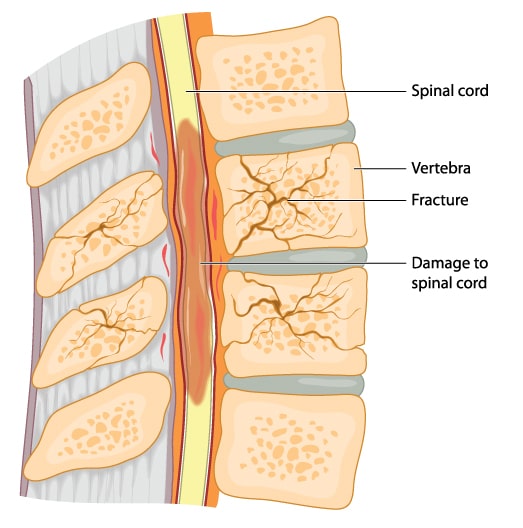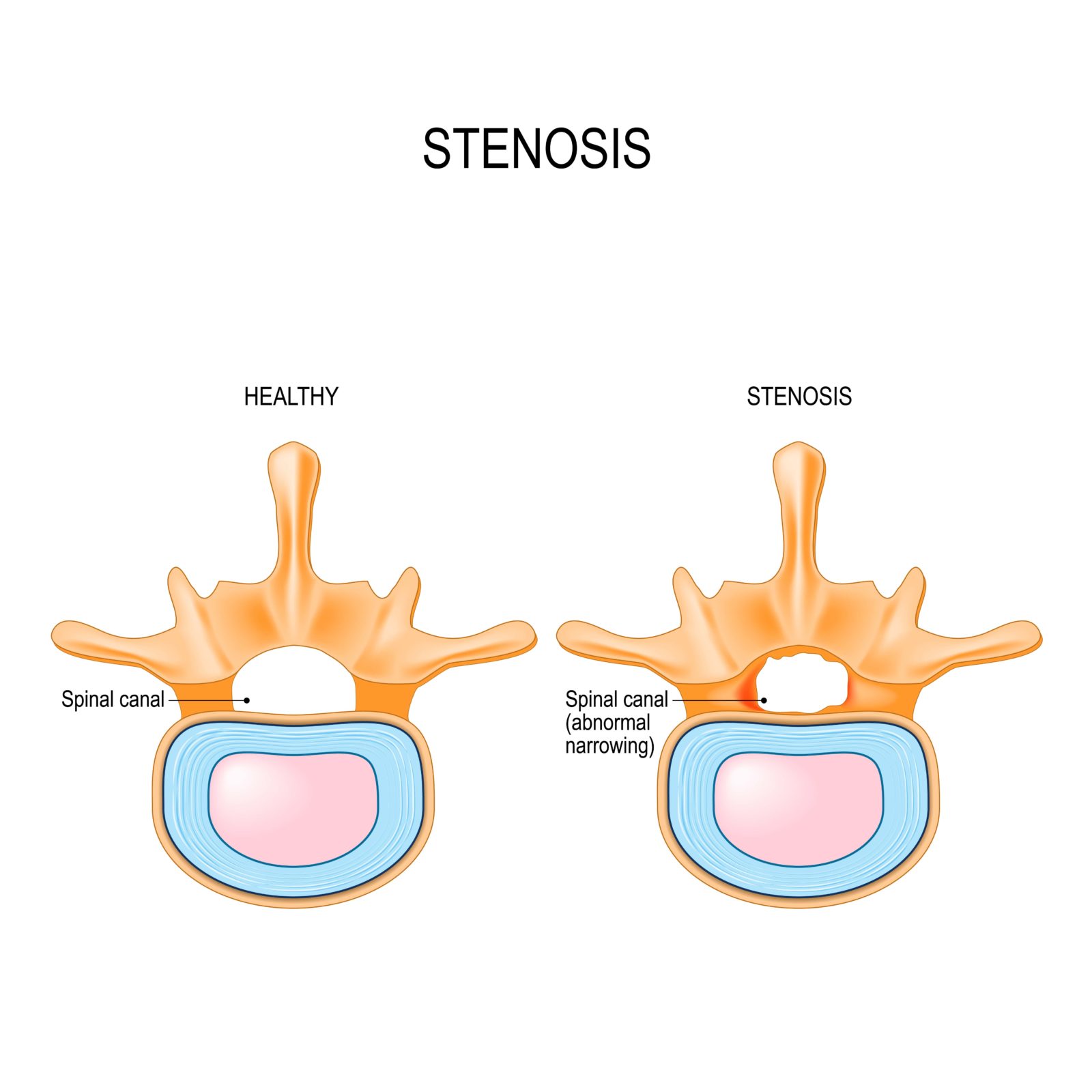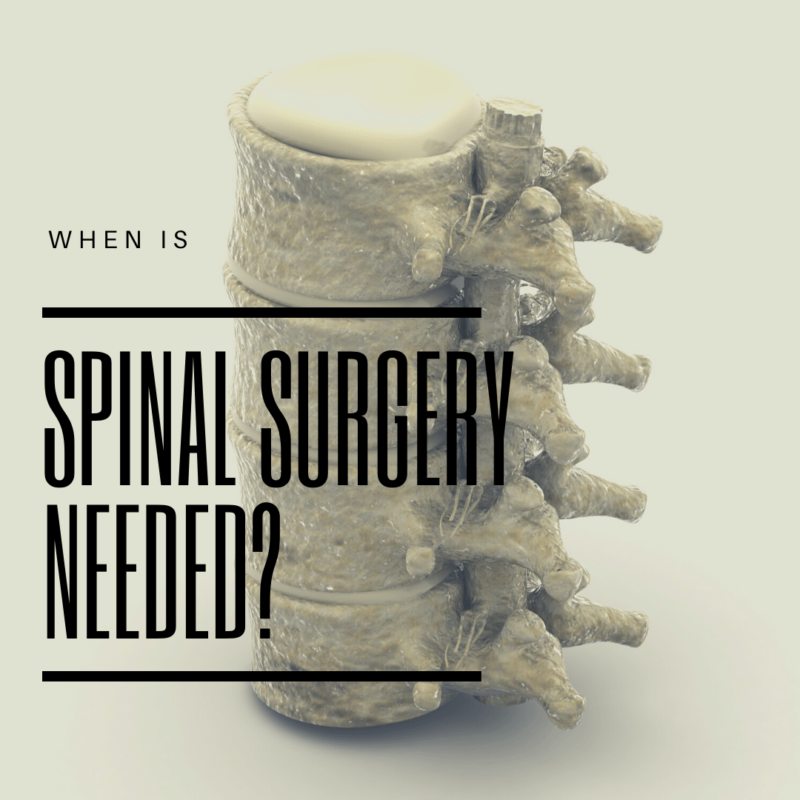If you have been dealing with chronic back pain, chances are you are looking for ways to effectively reduce the frequency or severity of your pain. While there are a variety of treatments available for chronic back pain, one option that often comes up in conversation is spinal surgery. Spinal surgery is becoming increasingly common, so much so that you may even know someone who has undergone spinal surgery.
However, just because more and more people are opting for spinal surgery doesn’t necessarily mean it is the best choice for you. In fact, the majority of spinal surgeons will recommend trying non-surgical treatment options first before considering surgery. These non-surgical alternatives to surgery include: rest, physical therapy, massage, manual manipulation, acupuncture, and pain management using steroids, NSAIDs, or narcotics. In most cases, spinal surgeons will only consider surgery when these options have been exhausted.
With that being said, there are certain conditions that can warrant the need for spinal surgery. While only a consultation with a spinal surgeon can help you decided if spinal surgery is right for you, here are some conditions that may require spinal surgery:
Disc Degeneration
In order to warrant surgical intervention, the disc must be severely degenerated. To treat a severely degenerated disc, spinal fusion is usually performed to stabilize the disc and provide additional support through spinal instrumentation.

Fractures
Spinal fractures can occur as a result of a traumatic injury or osteoporosis. When the vertebrae has been broken due to either condition, spinal surgery may be needed to repair it. Depending on the extent of the fracture, injecting acrylic bone cement is usually done to repair the fracture.
Herniated Disc
Occurs when fluid from the vertebral disc is leaking or bulging in a way that exerts pressure on the surrounding nerves. Herniated discs often cause radiating pain as a result of this pressure. A discectomy may be performed to partially or completely remove the disc.
Osteoarthritis
When osteoarthritis occurs in the spine, it can sometimes lead to the formation of bone spurs. Unfortunately, these bone spurs can narrow the spinal column and affect the spinal nerves. For this reason, they will usually need to be surgically removed.
Sciatica
Sciatica is a condition characterized by radiating pain that travels through the buttocks, thigh, back of the leg, or calf. It is generally caused by a herniated or ruptured disc. Therefore, surgical intervention is usually aimed at repairing or removing the affected disc in order to quickly alleviate symptoms.
Scoliosis
Scoliosis occurs when there is an unnatural,sideways curvature of the spine. While most cases of scoliosis don’t require surgery, it is usually recommended if the curvature is over 40 degrees or if bracing is unable to prevent the curve from getting worse. To surgically treat scoliosis, spinal fusion is generally used.

Stenosis
Stenosis is the narrowing of the bony canal that protects the spinal cord. As this outer protective layer narrows, it places pressure on the spinal cord and spinal nerves. In these cases, a laminectomy is generally performed to remove overlying bone on the spinal canal in order to widen the canal and relieve symptoms.










